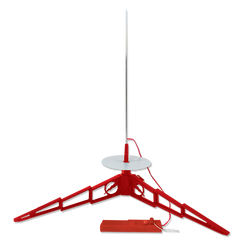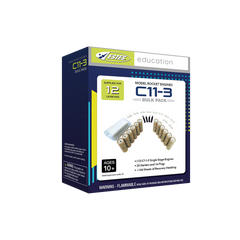Estes Porta-Pad II Launch Pad and Electron Beam Launch Controller, 3/16 inch "Maxi" Launch Rod. Estes model rocket engines, starters and recovery wadding.
Four 1.5V high quality AA alkaline batteries (sold separately)
Your free trial with BSS B2B Lock has ended - All locks in paid plan will be disabled! Start a subscription or continue with our free plan.
Only you can see this notice.
Invalid Password





